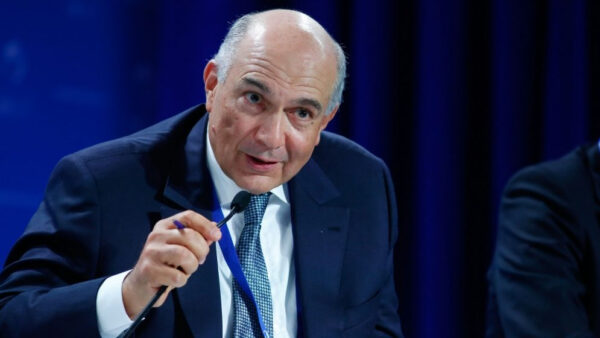In Morocco, a wave of retreat is blowing over what was supposed to be a turning point: the opening of the capital of OCP Nutricrops. Initially conceived as the spearhead of a new phase of development through market appeal, this flagship subsidiary of the giant phosphate company will ultimately not undergo the expected privatization. The project was quietly buried, without an official announcement, but with a series of signals that, taken together, outline a strategic retreat under pressure.
Mostafa Terrab caught up in conservatism
Originally, the idea was ambitious, almost daring in the Moroccan landscape: injecting nearly 30 billion dirhams (around 3 billion dollars) of assets into a specialized entity – OCP Nutricrops – and then opening its capital to investors, even to the stock market. Leading the way was Mostafa Terrab, a visionary conductor, convinced that OCP’s future lay in restructuring around autonomous and agile Business Units.
But here’s the thing: official Morocco was not ready to follow the iconic MIT-educated CEO. Very quickly, the option of partial privatization crystallized tensions and sowed discord, dividing the board of directors. Some saw it as a subtle dilution of the state’s control over a strategic asset, while others denounced an opaque process dictated by financial engineering logic rather than a desire for transparency. Behind the scenes, lobbies sprang into action, oscillating between economic patriotism and influence calculations.
Result: the reverse gear is clear. No more opening of the capital, it’s time for the creation of a new internal financial vehicle, simply named OCP Finance. The objective? Raise funds without ceding any portion of Nutricrops’ capital.
A restructuring masked by dazzling figures
In essence, the OCP Group is in robust health. Net profit up to 20.47 billion dirhams, consolidated turnover at 97 billion, EBITDA up by 33%, and spectacular fundraising: 2 billion dollars in May 2024, 300 million in February 2025, plus 5 billion dirhams domestically. The group is moving forward, but with fundamental divergences between a management focused on openness and internationalization and conservative lobbies fearful of even a partial loss of a strategic asset.
The choice of carving out Nutricrops, with its 33.6 billion dirhams of transferred assets, is emblematic of a change in strategy: partial disengagement without external visibility. Assets are transferred, isolated, compartmentalized. The multi-business model is discreetly shelved. No more decentralized management, but a return to centralized control.
A deafening silence on governance
Why such a U-turn? Why this lack of communication? Why such ambiguity about the governance of the new entity OCP Finance? Questions accumulate. Observers mention tensions with the Ministry of Finance. Others mention concern in Rabat about an opening that could have aroused foreign appetites, especially from the Gulf. Ironically, it is with QatarEnergy that OCP Nutricrops signed a key contract for 7.5 million tons of sulfur over ten years. Opening, yes, but not at home?
Industrial expansion… under surveillance.
OCP Nutricrops remains a major industrial tool. Its goal of increasing its production capacity to 9 million tons by 2028 is maintained. Investments are soaring (43.6 billion dirhams in 2024 compared to 26.8 in 2023), and international conquest is intensifying, especially in Latin America and Europe.
But behind this operational success, ambiguity persists. The group is moving forward, but the principles of transparency, open governance, and public debate remain glaringly absent.


